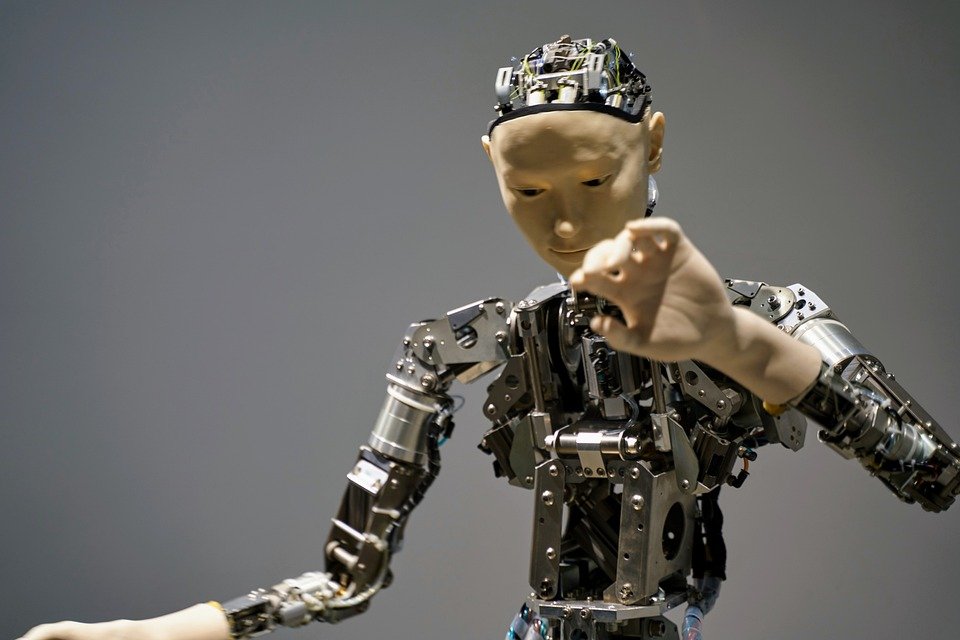Introduction
In recent years, the world of art has undergone a significant transformation with the advent of blockchain technology. Non-Fungible Tokens (NFTs) have become the latest craze, revolutionizing the way art is bought, sold, and collected. One such project making waves in the NFT space is Eye of Unity, which operates on both the Polygon and Solana blockchains. This article explores the intersection of art and blockchain through Eye of Unity NFTs and how they bridge the gap between these two worlds.
The Eye of Unity NFTs
Eye of Unity NFTs are unique digital assets that represent ownership or proof of authenticity of a particular piece of art. What sets Eye of Unity apart from other NFT projects is its dual blockchain integration. By utilizing both Polygon and Solana, Eye of Unity ensures scalability, interoperability, and cost-efficiency for its users.
Polygon Integration
Polygon, formerly known as MATIC Network, is a layer 2 scaling solution built on the Ethereum blockchain. Eye of Unity leverages Polygon’s high-speed, low-cost infrastructure to enable seamless transactions and minting of NFTs. This integration allows artists and collectors to engage with Eye of Unity NFTs without worrying about exorbitant gas fees or network congestion.
Solana Integration
Solana is a high-performance blockchain network known for its blazing-fast transaction speeds and low fees. Eye of Unity’s integration with Solana provides an additional layer of scalability and accessibility to its users. By expanding to Solana, Eye of Unity opens up new opportunities for artists and collectors, ensuring a smooth and efficient experience.
Bridging the Gap
Art has always been a form of expression and storytelling. It has the power to evoke emotions, challenge perspectives, and bring people together. Blockchain technology, on the other hand, has introduced a new era of transparency, security, and decentralization. Eye of Unity NFTs bridge the gap between art and blockchain by combining the beauty and creativity of art with the immutability and trustlessness of blockchain technology.
By tokenizing art on the blockchain, Eye of Unity NFTs provide artists with a new medium to showcase their work and monetize their talent. Artists can create limited edition NFTs, ensuring scarcity and exclusivity for their collectors. Moreover, Eye of Unity’s integration with Polygon and Solana ensures that these transactions are fast, secure, and cost-effective, making it easier for artists to reach a global audience.
For collectors, Eye of Unity NFTs offer a unique opportunity to own and trade digital art in a transparent and decentralized manner. Each Eye of Unity NFT is assigned a unique identifier, providing verifiable proof of ownership and authenticity. This eliminates the need for intermediaries, such as galleries or auction houses, and allows collectors to directly engage with artists and their work.
FAQs
Q: How can I create and sell Eye of Unity NFTs?
A: Creating and selling Eye of Unity NFTs is a straightforward process. Artists can mint their artwork as NFTs on the Eye of Unity platform, specifying the desired edition size and pricing. Once minted, these NFTs can be listed for sale on various NFT marketplaces, where collectors can discover and purchase them.
Q: Are Eye of Unity NFTs limited to digital art?
A: While Eye of Unity NFTs primarily focus on digital art, the platform also supports other forms of creative expression, such as music, videos, and Virtual reality experiences. Eye of Unity aims to be an inclusive platform that welcomes artists from various disciplines.
Q: How can I buy Eye of Unity NFTs?
A: Buying Eye of Unity NFTs is as simple as visiting one of the supported marketplaces, such as Opensea or Rarible, and browsing the available collections. Once you find a piece you like, you can make a purchase using cryptocurrency. Eye of Unity NFTs can be owned and traded on both Polygon and Solana, depending on the blockchain integration of the specific artwork.
Q: Can Eye of Unity NFTs be resold?
A: Yes, Eye of Unity NFTs can be freely traded and resold on supported marketplaces. Each transfer of ownership is recorded on the blockchain, ensuring a transparent and verifiable transaction history.
Q: What are the benefits of Eye of Unity’s dual blockchain integration?
A: Eye of Unity’s integration with both Polygon and Solana brings several benefits. Firstly, it ensures scalability and eliminates congestion issues that often plague the Ethereum network. Secondly, it offers users a choice between two high-performance blockchains, catering to different preferences and needs. Lastly, it opens up opportunities for artists and collectors to explore new ecosystems and audiences.
Conclusion
Eye of Unity NFTs on Polygon and Solana represent a significant step towards bridging the gap between art and blockchain. By combining the unique qualities of art with the power of blockchain technology, Eye of Unity provides artists with a platform to showcase their work and collectors with a transparent and decentralized way to own and trade digital assets. With its dual blockchain integration, Eye of Unity ensures scalability, accessibility, and cost-efficiency, making it a compelling project in the evolving world of NFTs.

